In today's medical field, the management of chronic wounds has always been an issue of great concern. These difficult-to-heal wounds are often accompanied by pain and the risk of infection, which has a serious impact on the patient's physical and mental health. Recently, breakthrough research has provided us with a new treatment idea: saline spray combined with ultrasound treatment is expected to break the formation of Pseudomonas biofilm, thus accelerating the healing of chronic wounds.
Pseudomonas is a common bacterium that can form biofilms in chronic wounds, making them difficult to heal. These biofilms are highly resistant, making it difficult for conventional antibacterial drugs to be effective. In order to solve this problem, the research team explored a new treatment method: using saline spray to pretreat the wound, combined with the physical effect of ultrasound to destroy the biofilm.
In the experiment, the researchers first used saline spray to pretreat chronic wounds. Salt has natural antibacterial properties and can effectively reduce the number of bacteria in wounds. Subsequently, physical intervention is performed on the wound through ultrasonic waves generated by the ultrasonic therapy device. Ultrasound can penetrate deep into the wound and destroy the structure of the Pseudomonas biofilm, thereby reducing its drug resistance.
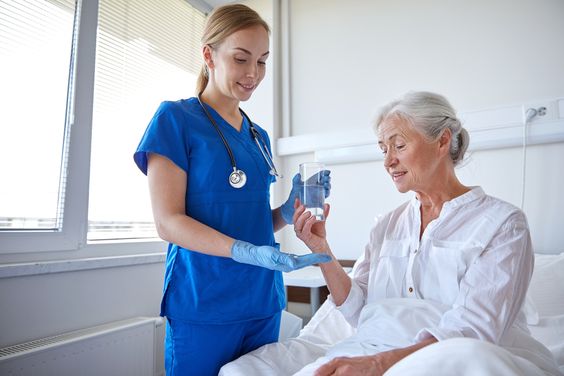
Experimental results show that the use of saline spray combined with ultrasound treatment significantly improves the healing speed of chronic wounds. Compared with traditional treatment methods, this method can not only clear the source of infection quickly and effectively, but also promote the growth of new tissue and shorten the healing time. In addition, this treatment method has high safety and tolerability, which brings good news to patients.
This research result provides a new direction for the treatment of chronic wounds. In the future, we hope to further improve treatment effects and help more patients get rid of chronic wounds by optimizing treatment parameters and improving equipment. At the same time, this also provides a useful reference for the medical community in the treatment of other difficult-to-heal diseases.

 English
English عربى
عربى Español
Español русский
русский 中文简体
中文简体






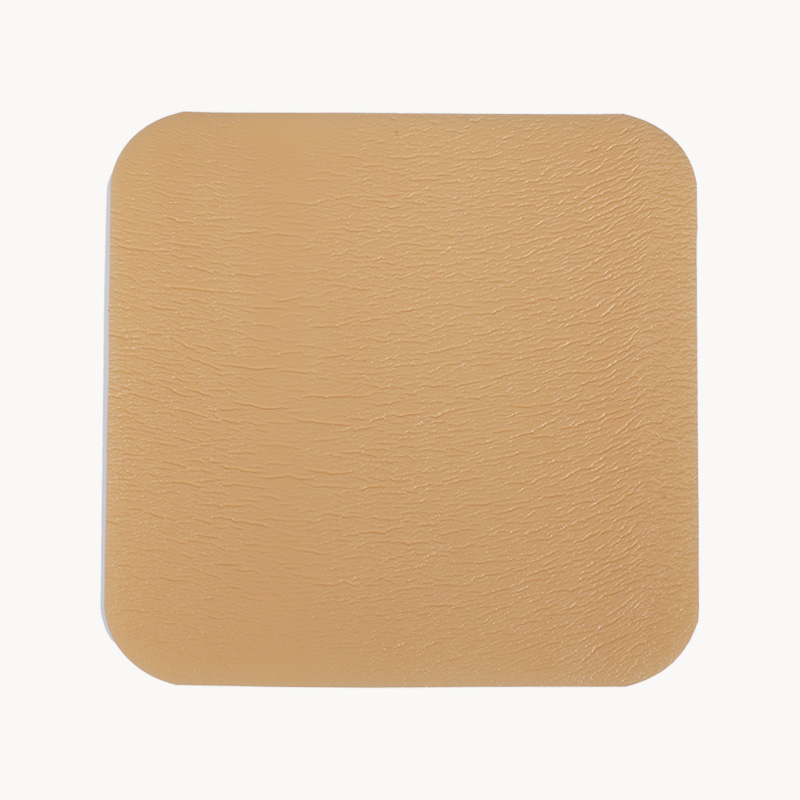
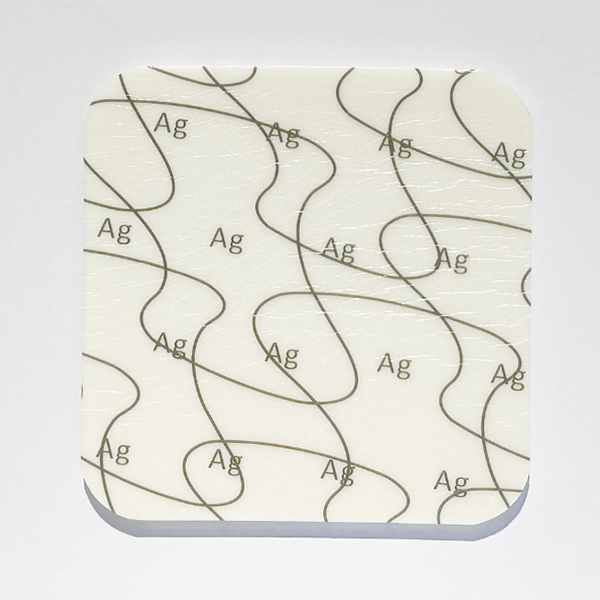
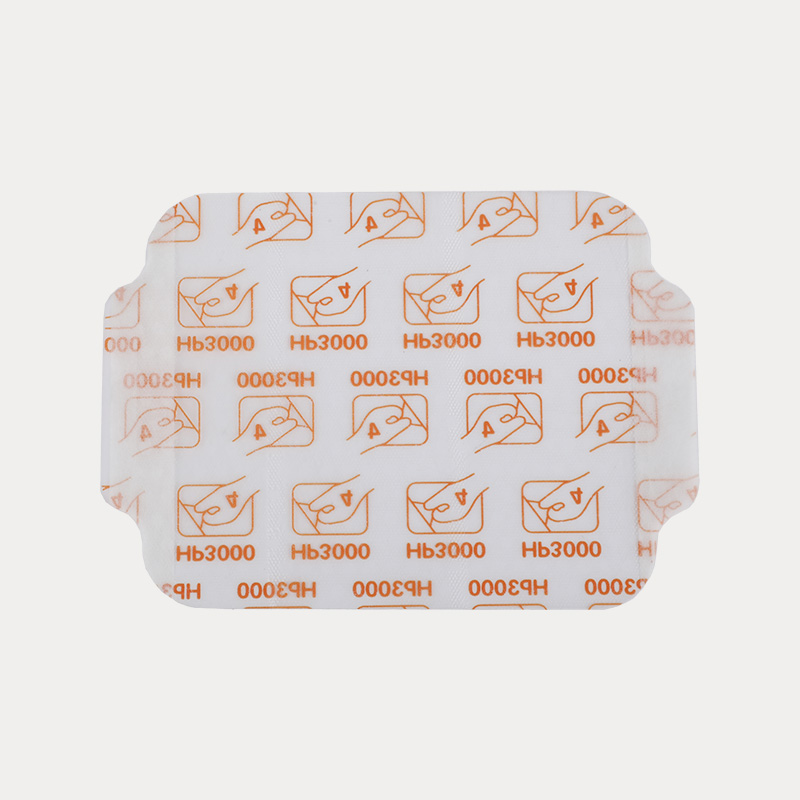
.jpg.png)
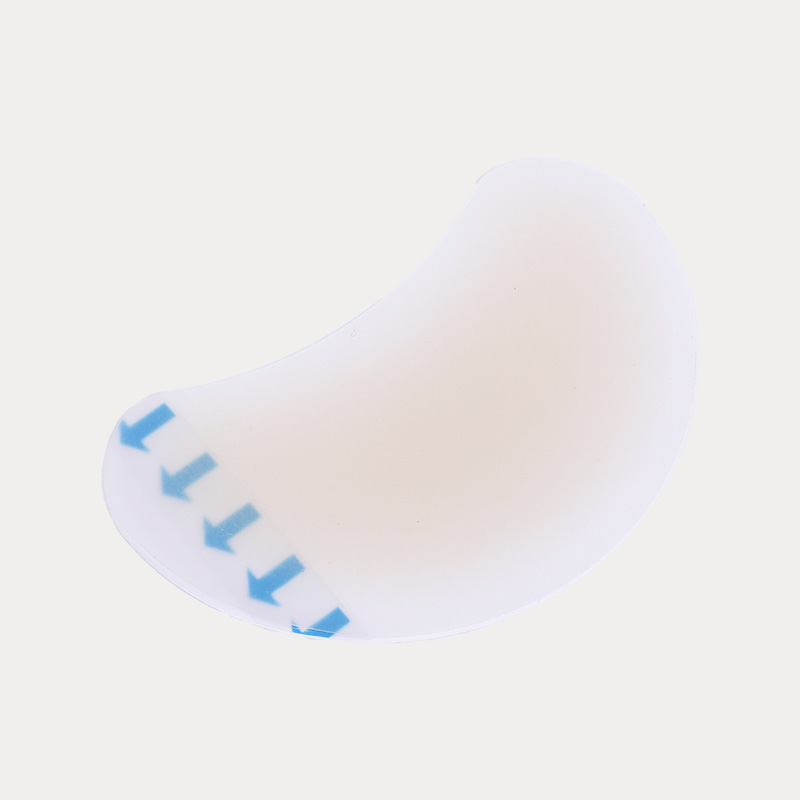
.jpg.png)


